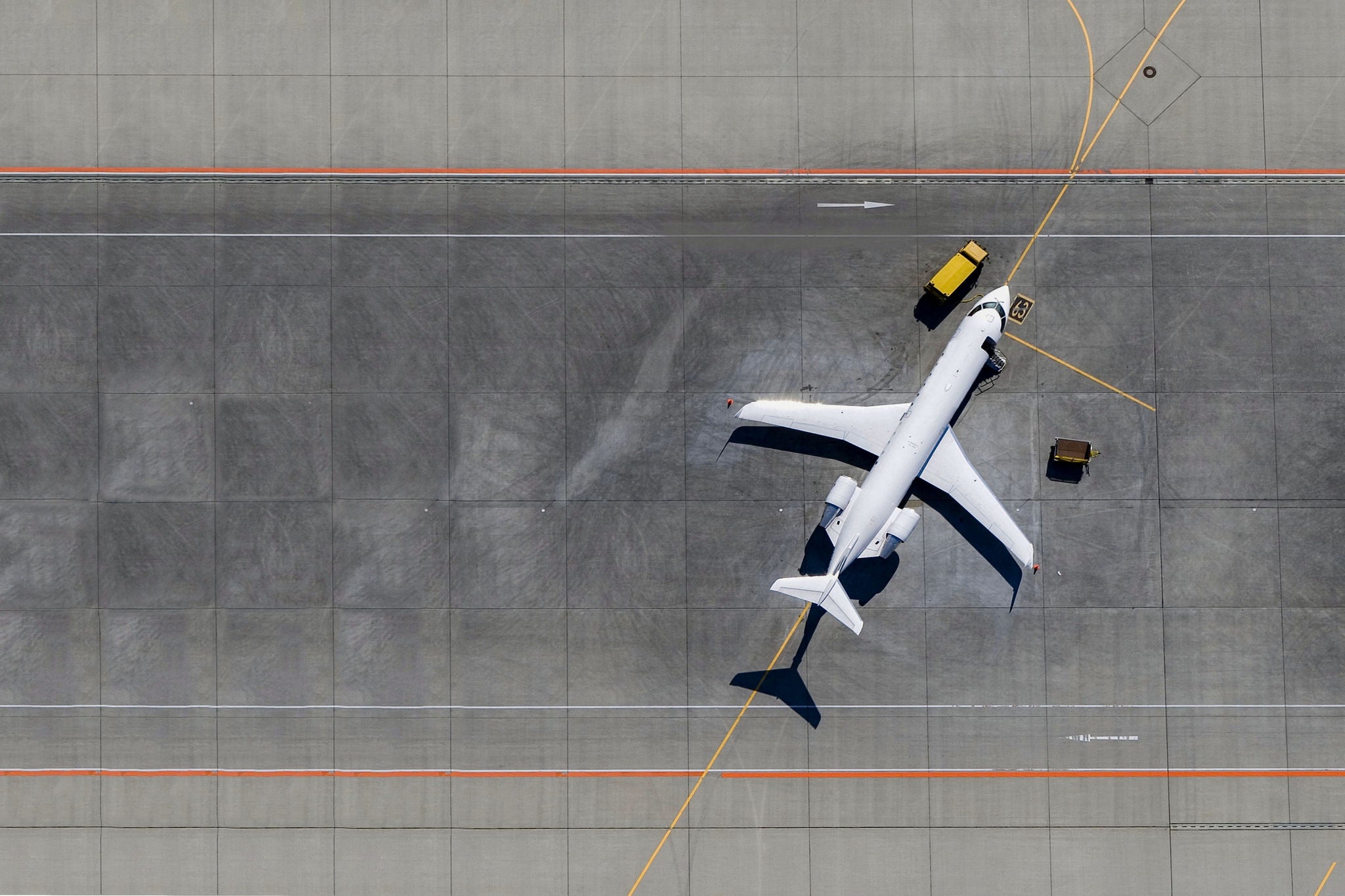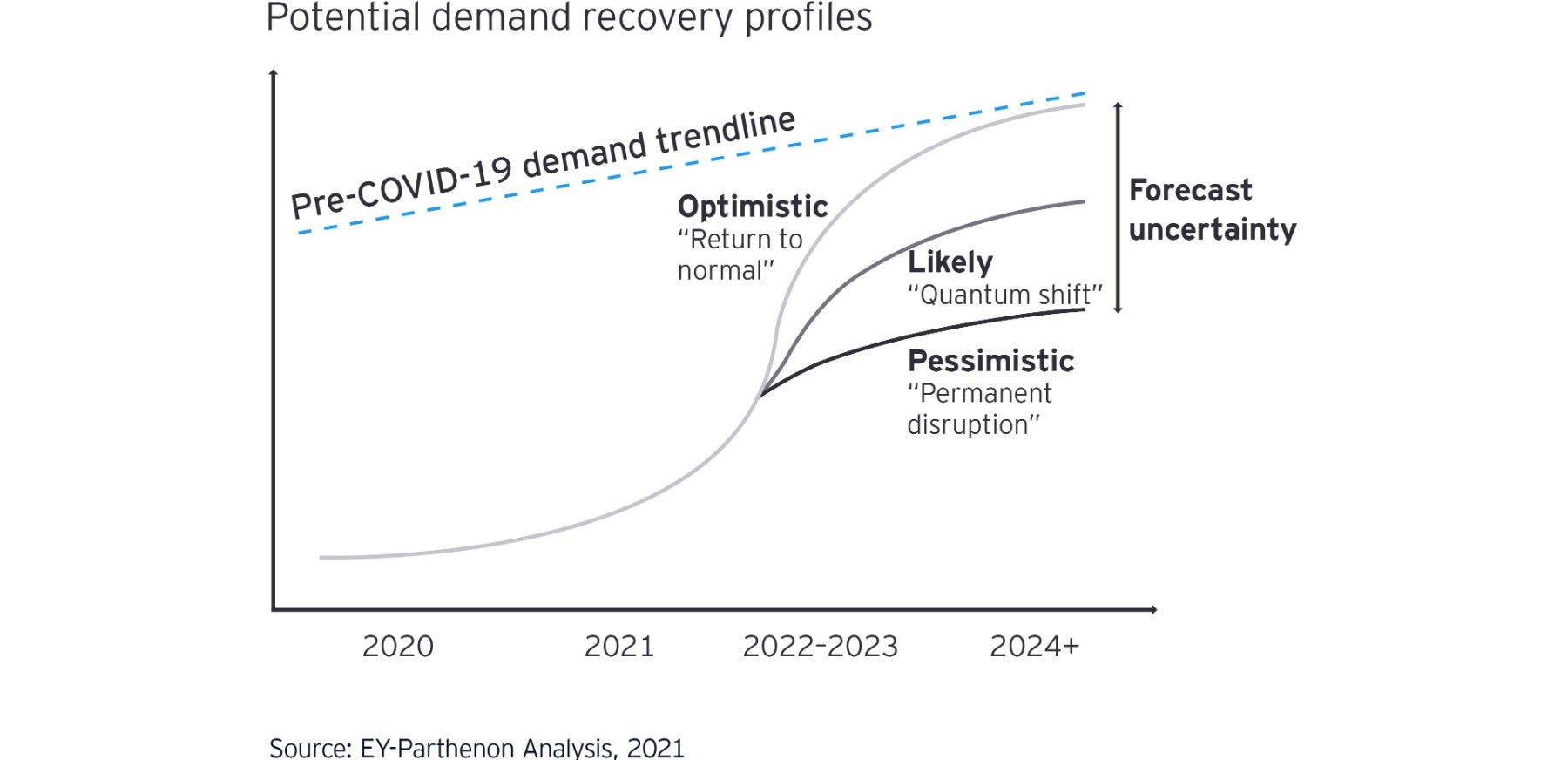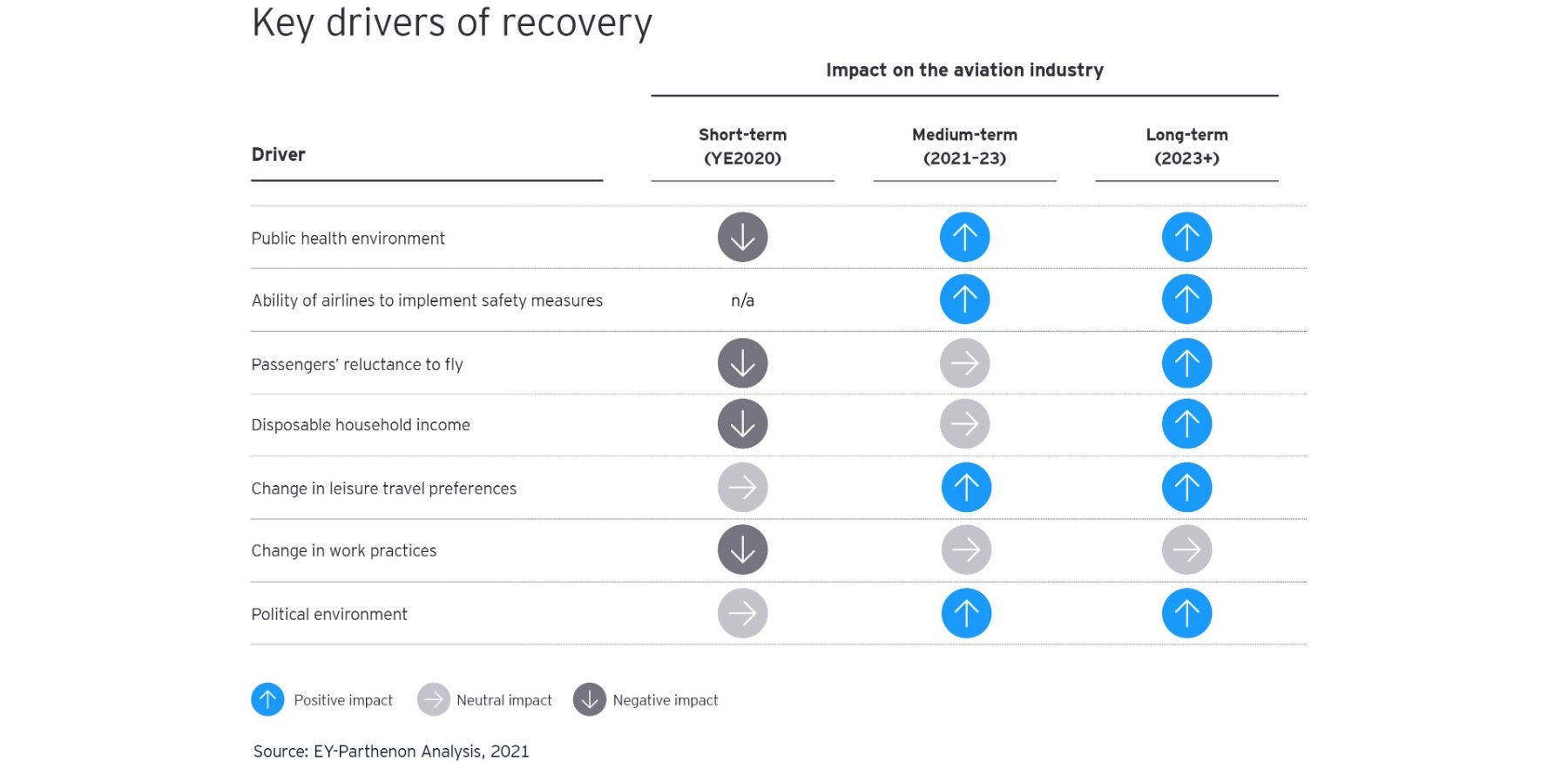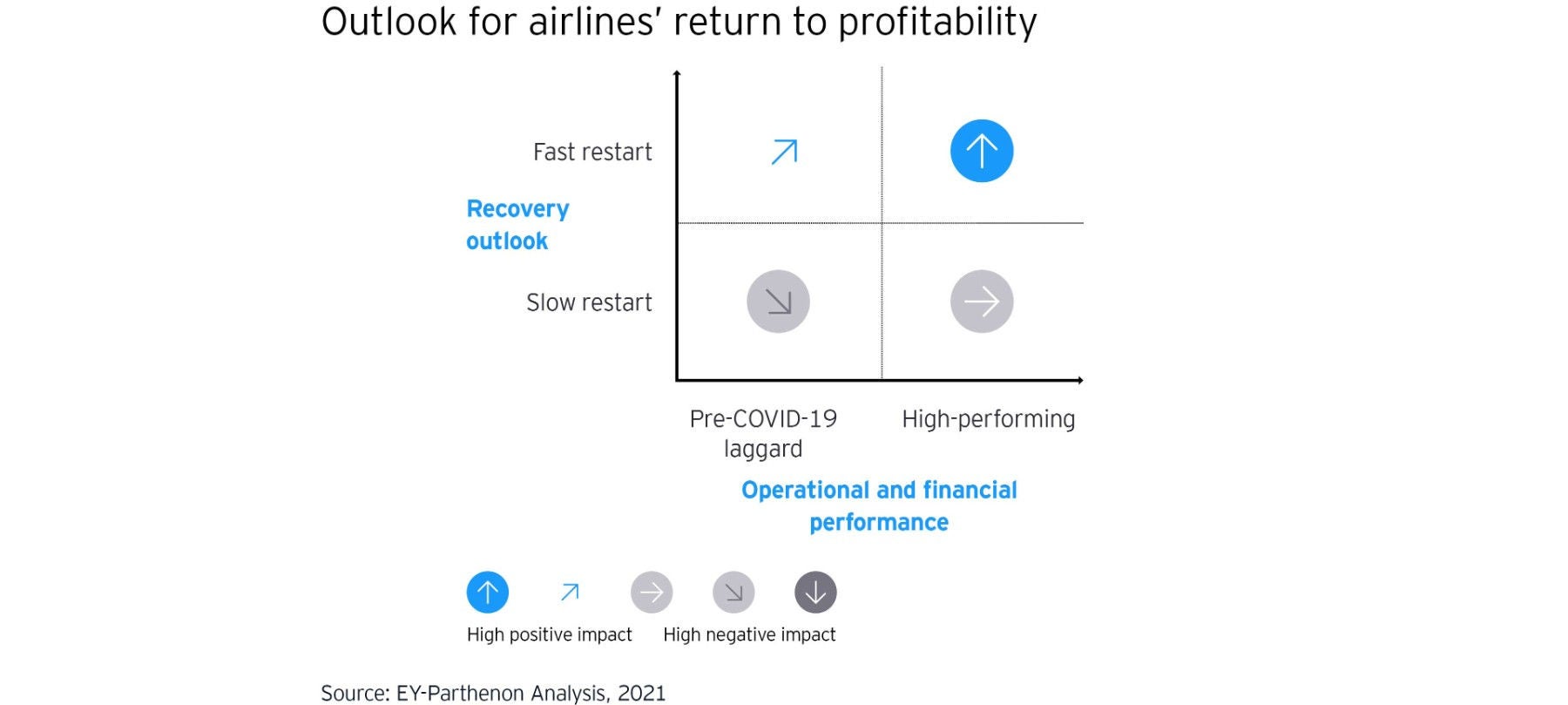While every forecast assumes some level of recovery from the demand levels experienced in 2020, opinions on how the recovery ultimately plays out vary widely. Industry forecasts generally assume that leisure demand will return to pre-COVID-19 levels, though they differ on how quickly that will be achieved. A broader and potentially more consequential debate exists with respect to whether there will be a permanent impairment to business travel demand. Even after wide vaccine availability within a certain geography, the public’s confidence in the safety of air travel is a wild card. Further, the timeline on which governments will loosen restrictions or regulations on both domestic and cross-border travel presents another variable to account for when predicting a return of demand.
Ultimately, most projections follow an S-curve trajectory as shown above, with the most rapid recovery occurring in the late 2021 to 2022 timeframe and a return to historical average annual growth rates of 5%-6% afterwards. The critical question for the industry is where exactly the top of the S-curve is, and how far it is from where demand would be if COVID-19 disruptions never occurred. Indeed, many in the industry feel that we are merely at the “end of the beginning,” as the severity of impacts experienced will prompt a reshaping of the competitive landscape for years to come.
Grounded: Despite being the “end of the beginning,” COVID-19’s impacts on the airline industry have already been dramatic
No one could have anticipated just how extreme and sudden the impacts of COVID-19 would be for commercial aviation, illustrated by the change in industry sentiment from month to month since the onset of COVID-19.
Throughout this period, US airlines alone burned an average of US$5.7b per month after adding over US$60b in collective debt.1 This financing has been used merely to sustain operations and cover cash burn instead of more traditional uses such as the enhancing the passenger experience, improving efficiency, or other investment. Even after a safe and effective vaccine is widely available, the airline industry will have significantly more debt in parallel with a smaller operation and near-term reductions in passenger demand.
Rerouting: the need for new, more resilient scheduling
In most cases, the initial response from airlines to the shock of COVID-19 centered around safeguarding business continuity and effective crisis response planning, including government support, protecting people and workforce, securing short- to mid-term financial stability and continuing operations. Airlines retreated to core networks, cut capacity to nearly 20% of 2019 levels, eliminated all nonessential spend and accelerated the retirement of older aircraft. While demand stabilized through the latter half of 2020 and into early 2021 at around 55% of pre-COVID levels, these retirements and other cost cutting measures enacted by airlines, coupled with significantly increased debt levels will impact their operating models for decades to come.
The post-pandemic airline industry will see permanent fundamental changes in nearly every aspect of its current existence. The path to recovery is dependent on a variety of factors, many of which have their own timelines that are mostly uncertain. And while a return to pre-COVID-19 passenger travel levels is expected at some point, the time horizon is being discussed in years, not months, and comes with new travel preferences by their customers.











